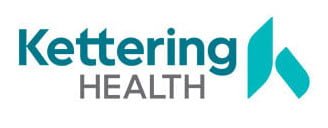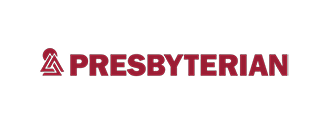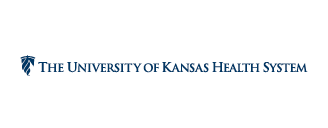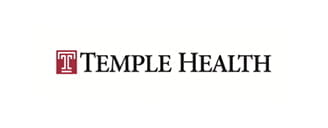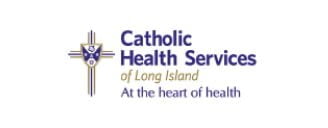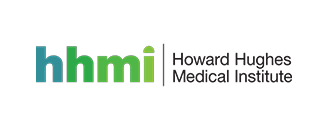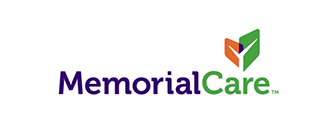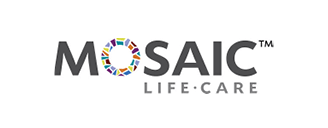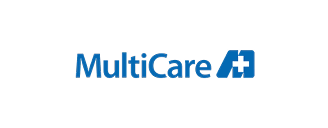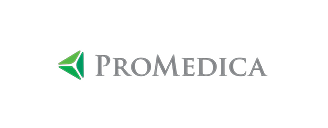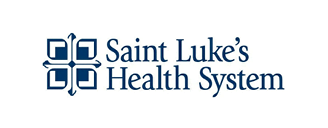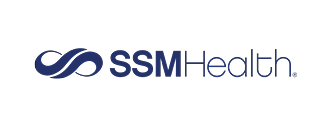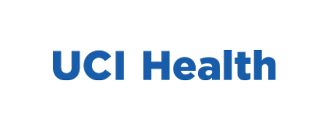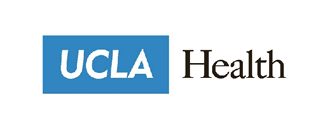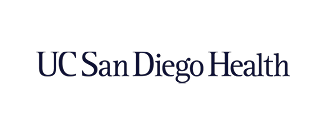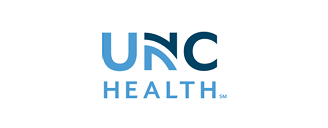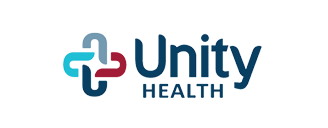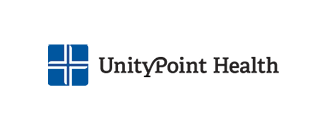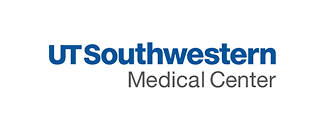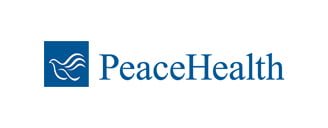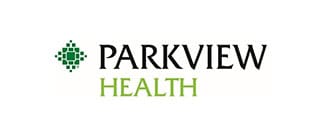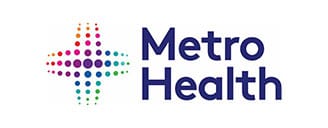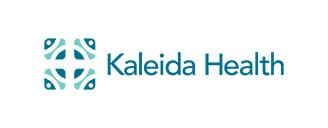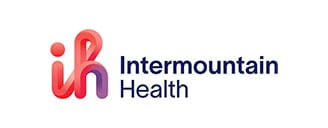
Chad Pfaff, VP of Product
Introduction
We help healthcare leaders reduce costs, improve control, and increase visibility into critical shipments from vendor to patient. Our platform eliminates silos and optimizes every step from inbound freight to pharmacy workflows and outbound deliveries.
Freight management solution
For us, it all starts with freight management. Freight management is the core of our business, and we have a lot of advantages to the way we do freight management.
First, we’re carrier agnostic. For our inbound freight program, we utilize both FedEx and UPS for shipments coming from suppliers, which maximizes the number of suppliers that can be set up on the program.
The second difference in our program is our business model. We’re completely transparent with our profit margin.
There are two key components to the cost of each managed shipment: The core carrier charge and our fee to manage the program. From us, our charge is a flat per shipment fee and it’s completely transparent.
Then finally, we have completely automated billing processes for our freight program. We consistently hear that hospital accounts payable departments have to spend a lot of time trying to figure out how to automate the allocation and payment of their freight bills.
That’s a fairly big pain point and it’s not uncommon for AP teams to be spending four to six hours per week to process and pay their freight invoices.
That’s eliminated with VPL. It can be a completely touchless process for AP teams. What’s important here is that the way we do all of this unlocks a lot of downstream value for supply chain teams.
Using data to unlock real-time visibility
Freight management is important because we use that data to feed our visibility solution.
Outside of carrier flexibility and transparency, our technology aggregates data and we’re sharing that data back to customers with two big benefits.
First is real time visibility and providing a lens to monitor and make decisions based on trends. This is vital to tracking orders coming from suppliers into health systems.
The goal is to be able to foresee and address potential delays before they impact patient procedures. We designed this for efficiency. We built it for buyers and clinicians to allow for easy searching by PO, tracking number, product, or buyer.
With proactive email and text notifications, we keep you ahead of the curve by knowing what’s coming into your locations.
We also expanded our receiving dock planning features to help right size receiving dock resources and space planning. In terms of engagement, our users have embraced the software in a big way.
The number of shipments tracked by our users increased over 600 percent year over year, so our customers are really seeing the value.
Real time visibility is more than just a concept for us. It’s a dynamic solution that keeps evolving, empowering you with control and insight.
Using data to mitigate and reduce costs
We’re also hyper focused on how we can use data trending over time to help mitigate risks and control even more costs.
We do that through our data analytics platform. This platform offers insights into inbound and outbound and outbound shipping costs, supplier behavior, and pharmacy distribution accuracy.
For example, our Supply Chain Dashboard helps our customers better understand and mitigate disruption risks, such as shipment delays and disruptions.
We provide insight into lead time by supplier and supplier location, as well as carrier performance metrics. We break out lead time between the supplier’s time to fulfill orders and the carrier’s time to deliver. So, customers can pinpoint what’s actually driving higher lead times.
Below are some highlights on the aggregated data across our customer base from this past year.
On average, our customers shipped via ground service levels at an average of 81 percent compared to an industry benchmark of 60 percent.
Additionally, our customers shipped 30 percent fewer one-day AM shipments than the industry benchmark. These add up to significant cost savings opportunities for our customers.
Recently, we’ve had a lot of interesting conversations with our customers around our supplier location data. Our customers have told us about how they use our supplier location data as an input into their resiliency planning.
Since they now know exactly where their suppliers are shipping from, they can put together those contingency plans to help mitigate potential disruptions with their suppliers.
Additionally, some of our customers have mentioned that they’re incentivized by their state governments to do more business within state trading partners.
Because we provide visibility in the supplier’s shipping locations, our customers can more readily take advantage of these state funding opportunities.
This text was originally presented at HIDA 2024. To access the presentation version, visit https://vimeo.com/915808880/84b8ecf51e?share=copy.
About VPL
We modernize clinical supply chains to support healthier patients. Our technology-driven solutions and consultative customer experience empower health systems and outpatient pharmacies to build smarter, more resilient supply chains. With over 700 hospitals and a 97% customer retention rate, we’re trusted to deliver transparency, cost savings, and peace of mind.
